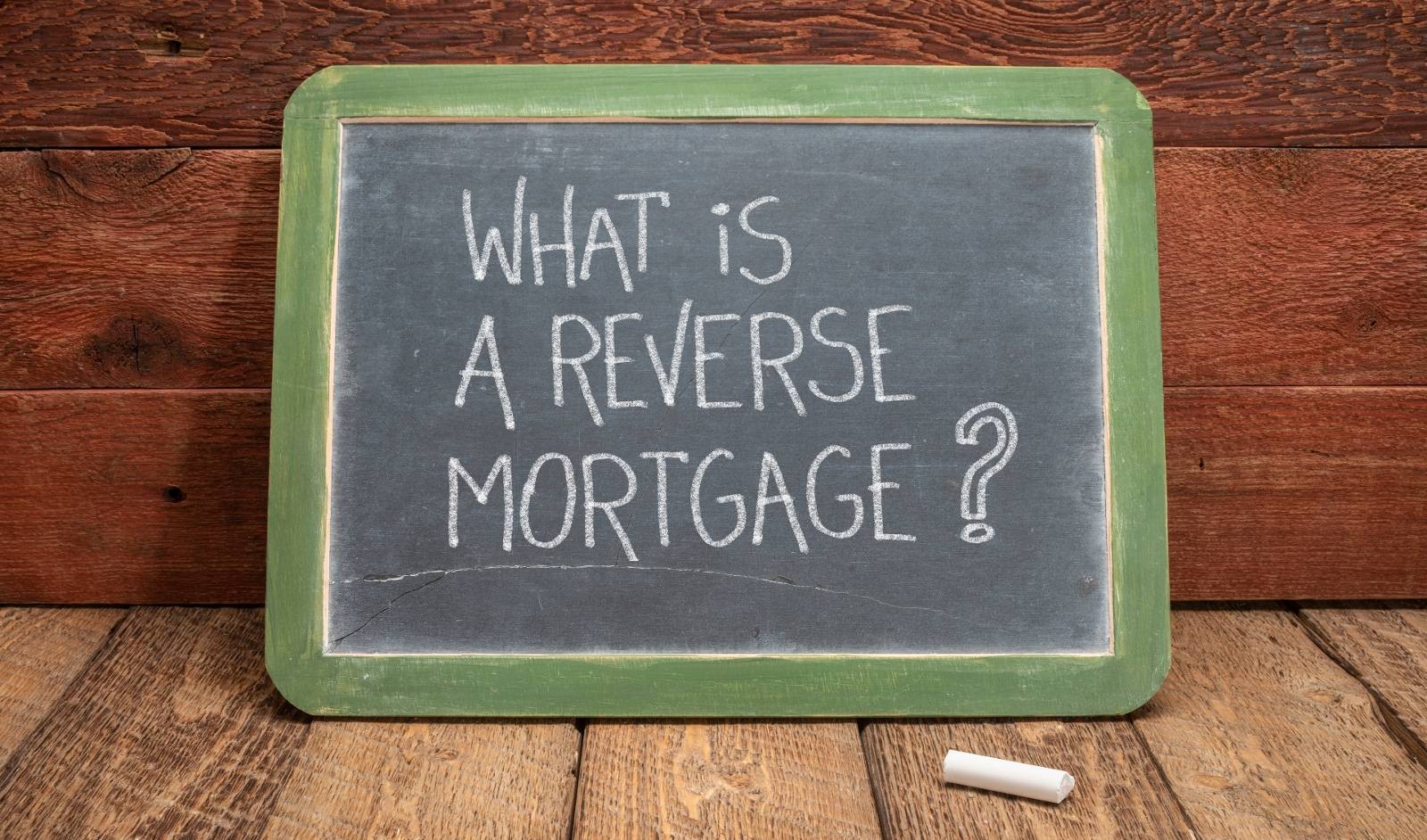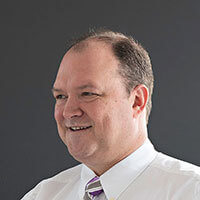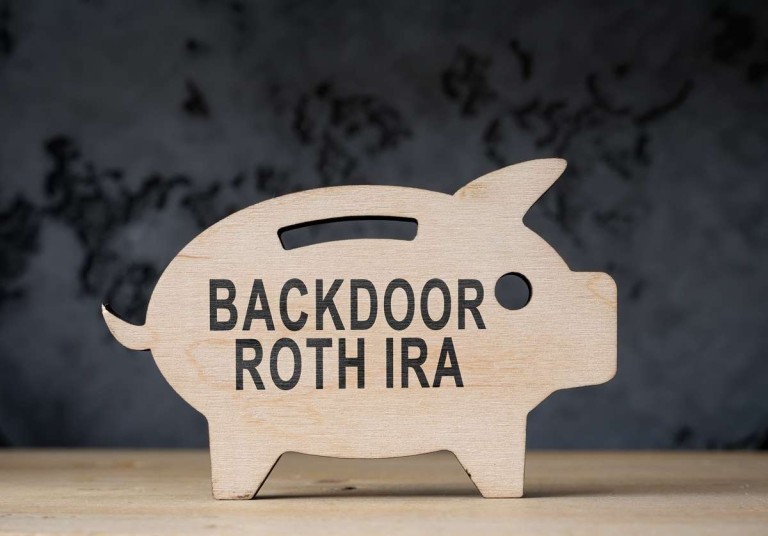William Bevins CFP CTFA, Nashville financial advisor offering fee-only wealth management solutions to individuals and small businesses.
Introduction
Navigating retirement is a challenging task. Retirement typically leads to a transition from a steady stream of income to relying on your savings. In this scenario, a critical question arises: how can you maintain a comfortable lifestyle without depleting your wealth too quickly? A solution that has garnered significant attention in recent years is the 'reverse mortgage'.
What is a Reverse Mortgage?
A reverse mortgage is a type of loan that allows homeowners aged 62 and above to convert part of the equity in their homes into cash. The keyword here is 'reverse'. Unlike a traditional mortgage where you make payments to a lender, in a reverse mortgage, you receive payments. It's a financial tool that turns your home, typically a significant retirement asset, into a source of income without having to sell or move out.
When did the reverse mortgage concept begin?
The concept of reverse mortgages is relatively recent in the timeline of financial products. The birth of the reverse mortgage as we know it today took place in the United States during the 1960s. This innovative financial concept was conceived to help retirees utilize their accumulated home equity without having to move or sell their homes.
The story goes that the first reverse mortgage was issued to a widow named Nellie Young in Portland, Maine, in 1961. Nelson Haynes of Deering Savings & Loan (DSL) designed the loan to help Young stay in her home after losing her husband.
However, it wasn't until 1987 that the reverse mortgage gained federal recognition and regulation. The Federal Housing Administration (FHA) received congressional approval to insure reverse mortgages, leading to the creation of the Home Equity Conversion Mortgage (HECM) program. This was a major step forward as it provided a safeguard for both lenders and borrowers, giving the reverse mortgage increased credibility and acceptance.
HECMs have since evolved and are the most common type of reverse mortgage today, offering several payout options to meet diverse needs. They are overseen by the U.S. Department of Housing and Urban Development (HUD) and insured by the FHA.
From the 1990s onward, the popularity of reverse mortgages grew among senior homeowners, primarily those in their early to mid-70s, as a means to supplement retirement income. While the product isn't without its complexities and potential pitfalls, its development and adaptation over time has made it an important tool in retirement planning for many homeowners.
In essence, the concept of the reverse mortgage emerged out of a need to help older homeowners access their home equity wealth without displacing them from their homes. Over the years, it has evolved into a regulated and widely used financial product that can provide a lifeline for seniors struggling with financial constraints in their retirement years.
How Does a Reverse Mortgage Work?
In a regular mortgage, your equity increases as you make more payments to the lender. However, in a reverse mortgage, the equity decreases over time as you receive payments. Consult an experienced Franklin Tn Certified Financial Planner for help.
A reverse mortgage is repaid when the homeowner moves out, sells the house, or passes away. The payment comes from the sale of the home. If the house sells for more than the balance of the reverse mortgage, the surplus goes to you or your estate.
In the event the house sells for less than the owed amount, the Federal Housing Administration (FHA), which insures most reverse mortgages, covers the difference. Hence, the reverse mortgage is often called a 'non-recourse loan,' meaning the lender cannot seek compensation beyond the value of the home.
What are the Reverse Mortgage Requirements?
Age
You must be 62 years or older. If the home is owned by a couple, both must be at least 62.Home Equity
You should have a substantial amount of home equity. Most lenders recommend you own your home outright or have a small mortgage balance.Primary Residence
The home should be your primary residence. Vacation homes or rental properties are not eligible.Financial Capability
You should have the financial ability to continue paying property taxes, homeowners insurance, and maintenance costs.Counseling
Prospective borrowers are required to attend a consumer information session led by a HUD-approved counselor.
What Types of Reverse Mortgages are There?
There are three main types of reverse mortgages:
Single Purpose Reverse Mortgages
These are offered by some state and local government agencies and nonprofits. As the name suggests, they can be used for only one specific purpose, which the lender will stipulate, like home repairs or property taxes.Home Equity Conversion Mortgages (HECMs)
HECMs are federally-insured reverse mortgages backed by the U.S. Department of Housing and Urban Development (HUD). They have no income restrictions and can be used for any purpose.Proprietary Reverse Mortgages
These are private loans backed by the companies that develop them. They can provide bigger loan advances if your home has a higher value.
How Much Does a Reverse Mortgage Cost?
A reverse mortgage has several costs and fees associated with it, including:
Origination Fee
The lender charges an origination fee for processing the reverse mortgage loan. This fee varies but is capped at $6,000.Servicing Fee
Lenders may charge a monthly fee to manage your account.
Interest: Like any loan, reverse mortgages have an interest charge. The interest accumulates over time, adding to your loan balance.Mortgage Insurance Premiums
If you have a HECM loan, you'll pay mortgage insurance premiums to the FHA. This insurance guarantees that you will receive your loan advances and protects the lender if the home sells for less than the owed amount.
Understanding these costs is essential in your role as a fiduciary to yourself, ensuring you make informed decisions about your wealth and retirement. Ask William Bevins for Franklin TN wealth management advice.
Is a Reverse Mortgage Right for You?
Deciding whether a reverse mortgage is the right choice for you is a decision that requires careful consideration. It can be an excellent tool if you want to stay in your home and need additional income to cover living expenses.
However, a reverse mortgage can also be expensive, and it reduces the equity in your home, potentially leaving fewer assets for your heirs. It may not be the right option if you plan to move soon or if other financial products can meet your needs with fewer costs.
Before making a decision, consult with a financial advisor or a HUD-approved counselor who can provide a clear understanding of how a reverse mortgage could impact your retirement and overall financial situation.
Alternatives to a Reverse Mortgage
While a reverse mortgage can be a beneficial financial tool, it's not the only way to leverage your home's value during retirement. Alternatives include:
Selling and Downsizing
If you're living in a home that is larger than what you need, selling the house and moving into a smaller, less expensive home could free up a significant amount of equity.Home Equity Loan or Line of Credit
These options allow you to borrow against your home's value. However, you'll need to repay the loan in monthly installments.Renting Out Part of Your Home
If you have extra space, renting it out can provide a steady source of income.Waiting
If you don't need extra funds immediately, it might be worth waiting to see if your home's value increases further.
Every retirement situation is unique, and what works best for you depends on your financial needs, your goals, and the wealth you have accumulated.
Summary
A reverse mortgage can be a useful tool to add to your retirement income strategy. By providing a steady stream of income without requiring you to leave your home, it can significantly enhance your financial security in retirement. However, as with any significant financial decision, it's crucial to understand the costs and potential consequences fully.
In your role as a fiduciary to yourself, evaluating alternatives, understanding costs, and considering personal needs and goals are essential steps. By doing so, you can ensure that your choice aligns with your overall retirement plan and preserves your wealth in the most efficient way.
About William Bevins CFP® CTFA
William Bevins has spent a career in finance, investing, and advice. Today, William serves as a fiduciary advisor offering clients of all economic backgrounds help with investing, wealth creation, retirement planning, and more. Reach William at his email address - [email protected] or visit his website WilliamBevins.com.




